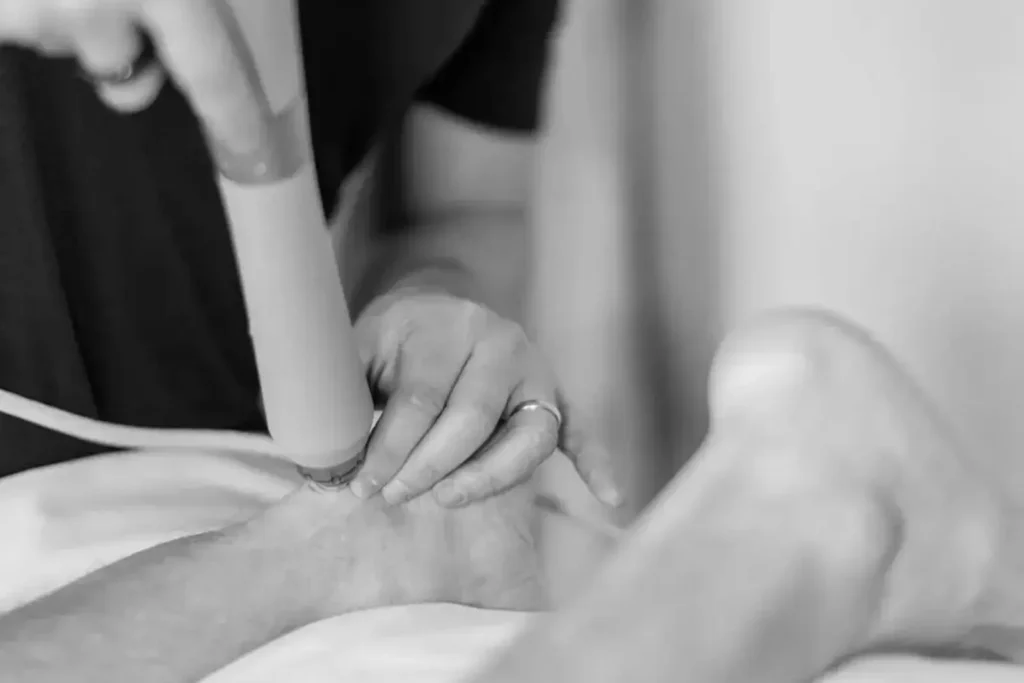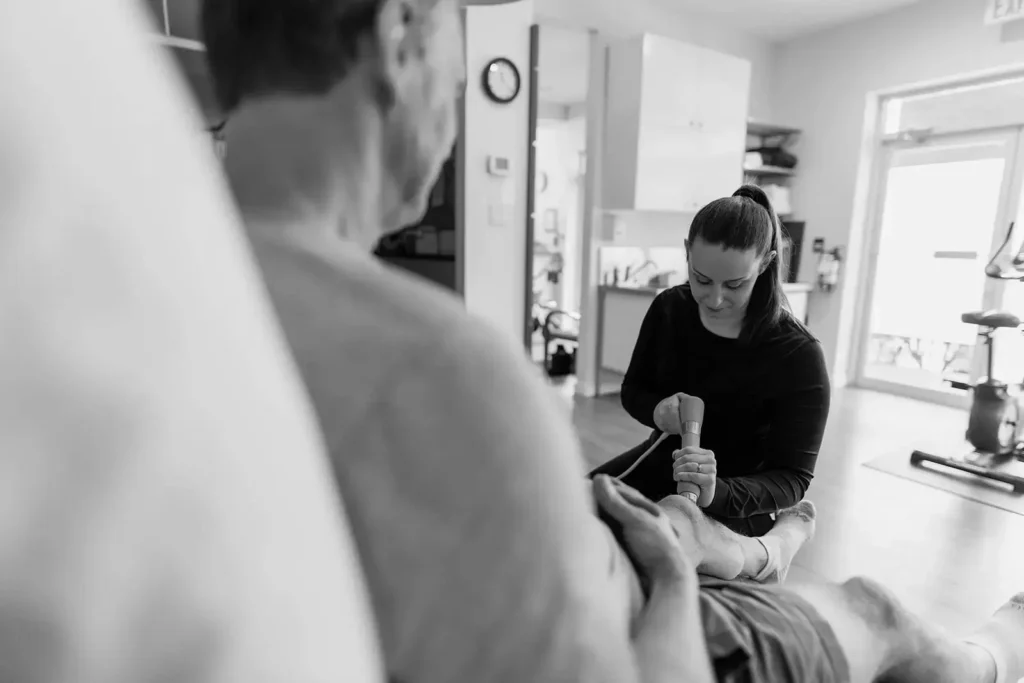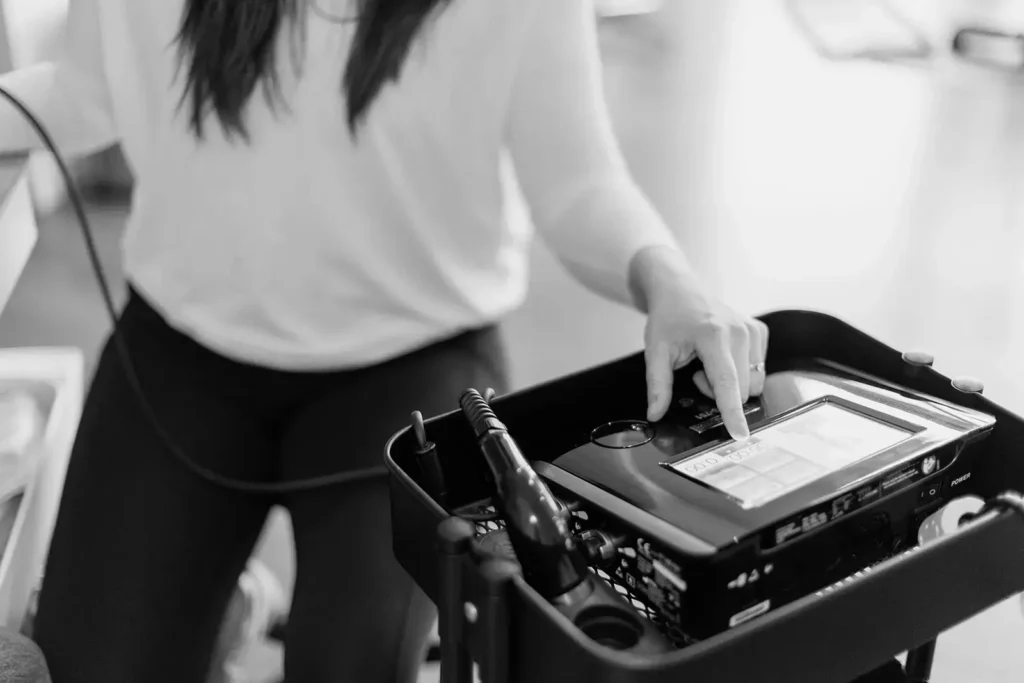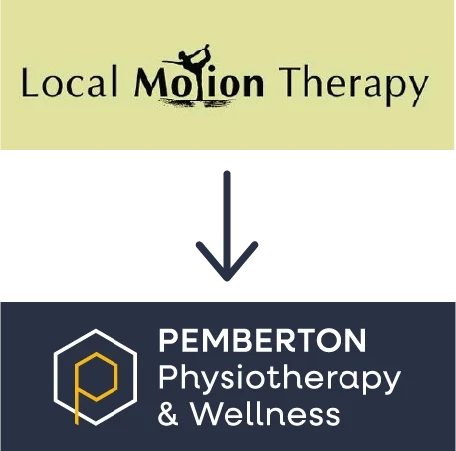Shockwave Therapy
Shockwave therapy is an innovative, non-invasive treatment used by physiotherapists to promote healing and reduce pain in chronically injured tissues. During treatment, high-energy acoustic waves are delivered to the affected area, stimulating blood flow, accelerating tissue repair, and breaking down calcifications.
Typically, a course of four to six sessions is recommended for optimal results, with treatments scheduled once a week. Each session lasts about 10 to 15 minutes. To be maximally effective, the treatment will be moderately uncomfortable.
Shockwave therapy is effective in treating a variety of conditions, including:
- Plantar fasciitis
- Tendinopathies (e.g., Achilles, patellar)
- Tennis elbow (lateral epicondylitis)
- Calcific shoulder tendinopathy
- Shin splints
If you’re struggling with persistent pain or a stubborn injury, shockwave therapy may be a valuable part of your physiotherapy treatment plan.
Shockwave Therapy
Sessions
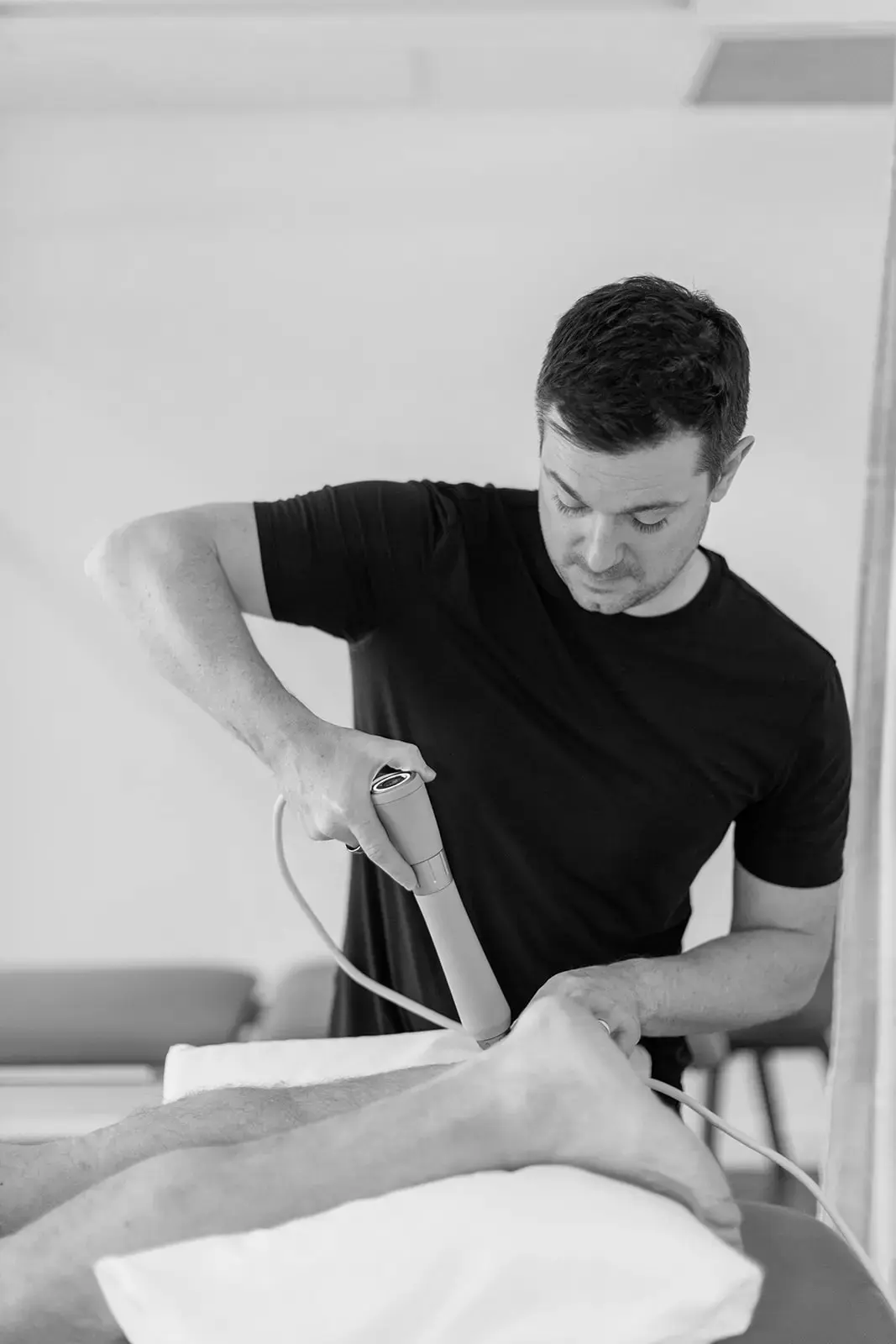
Your Appointment
Options Explained
New patients
- 45 Minute Assessment: Allows time for a thorough evaluation and typically includes treatment during your first visit.
- 30 Minute Assessment: Focuses primarily on the evaluation, with limited time for treatment. Best for localised problems.
Returning patients
15 Minutes Follow up Session.
More Questions?
Meet Your Practitioners
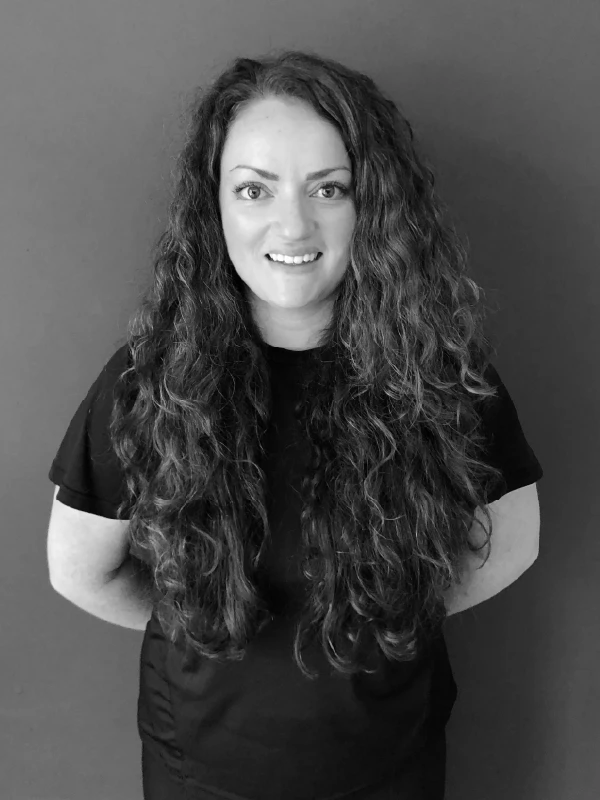
Bryony Dique
Physiotherapist

Julie Charette
Physiotherapist

Katie Perkin
Physiotherapist
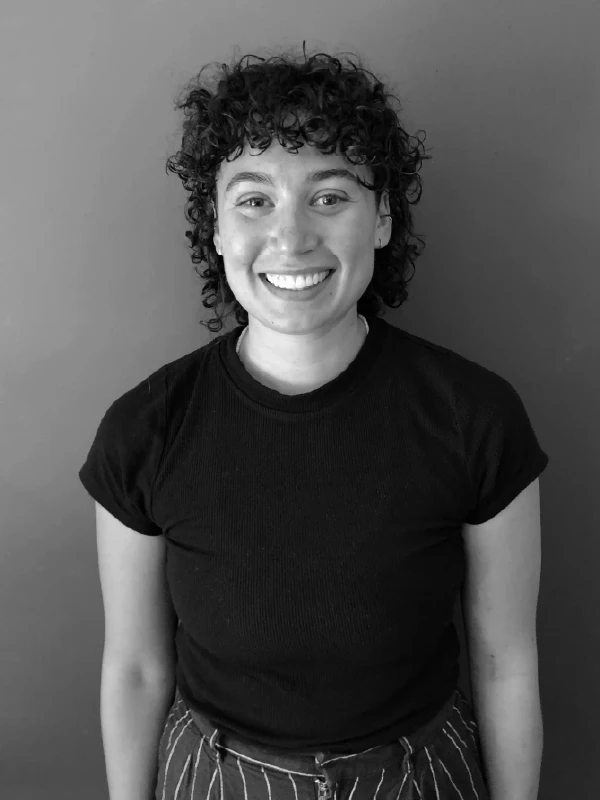
Keeley Wentzel
Physiotherapist

Lindsay Skillicorn
Physiotherapist
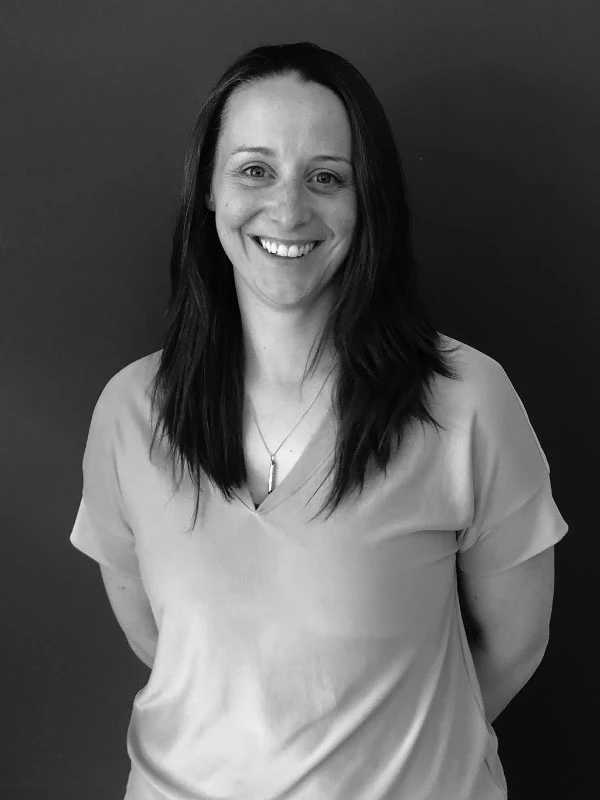
Mikaela Sherlock
Physiotherapist

Sara Miller
Physiotherapist
Shockwave Therapy:
Your Questions Answered
FAQs
What conditions can shockwave therapy treat?
Shockwave therapy is typically used for persistent conditions that have been present for three months or more and is combined with a rehabilitation exercise program over a 12-week period. It is effective for musculoskeletal conditions including plantar fasciitis, tendinopathies, tennis elbow, calcific shoulder tendinopathy, and shin splints.
How many sessions will I need?
Most people require between four to six sessions, typically scheduled once a week, to achieve optimal results.
What does shockwave therapy feel like?
Your therapist will purposely target the most tender point of the tissue involved in your pain. The treatment produces a high-frequency tapping sensation and reproduces your symptoms. For the treatment to be effective, the intensity is usually around 6/10. The sensation is generally well tolerated and lasts only for the duration of the session (about 10 to 15 minutes).
Is shockwave therapy more expensive than physiotherapy?
No. Shockwave therapy is included as part of a standard physiotherapy session. Initial assessments typically last 30 to 45 minutes and include a full evaluation. Follow-up shockwave sessions are shorter, usually around 15 minutes.
Are there any side effects or downtime?
Some mild soreness, redness, bruising, or swelling in the treated area may occur within 24 to 48 hours post-treatment. Most patients can return to normal daily activities immediately, though we recommend avoiding strenuous exercise for 48 hours.
Who should not have shockwave therapy? Are there contraindications?
Shockwave therapy is generally safe, but it may not be suitable for everyone. Contraindications include pregnancy, blood clotting disorders, infections or open wounds near the treatment area, malignancies, and the presence of a pacemaker or implanted electrical device. Your physiotherapist will review your medical history to determine if shockwave therapy is appropriate for you.
More Questions?
Aftercare Advice
Following treatment, it’s common to experience mild soreness or redness in the treated area for 24–48 hours. We recommend relative rest for two days after a session, avoiding strenuous activity and heavy lifting to allow tissues to heal effectively.
It is advised not to take anti-inflammatory medications while undergoing shockwave therapy.
Your physiotherapist will provide personalized guidance on activity modification and therapeutic exercises to support your recovery.
